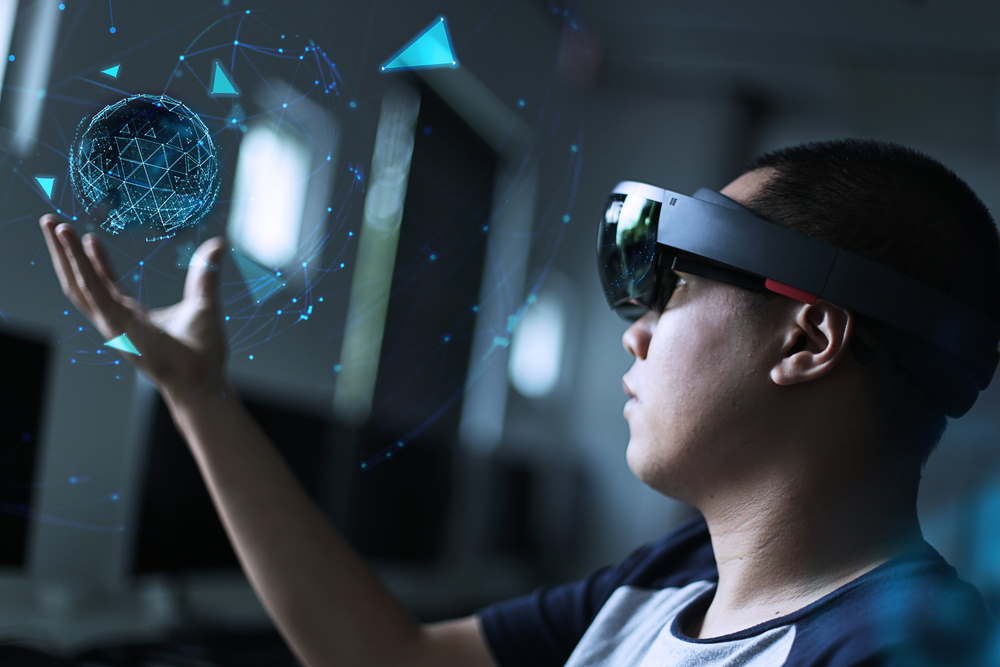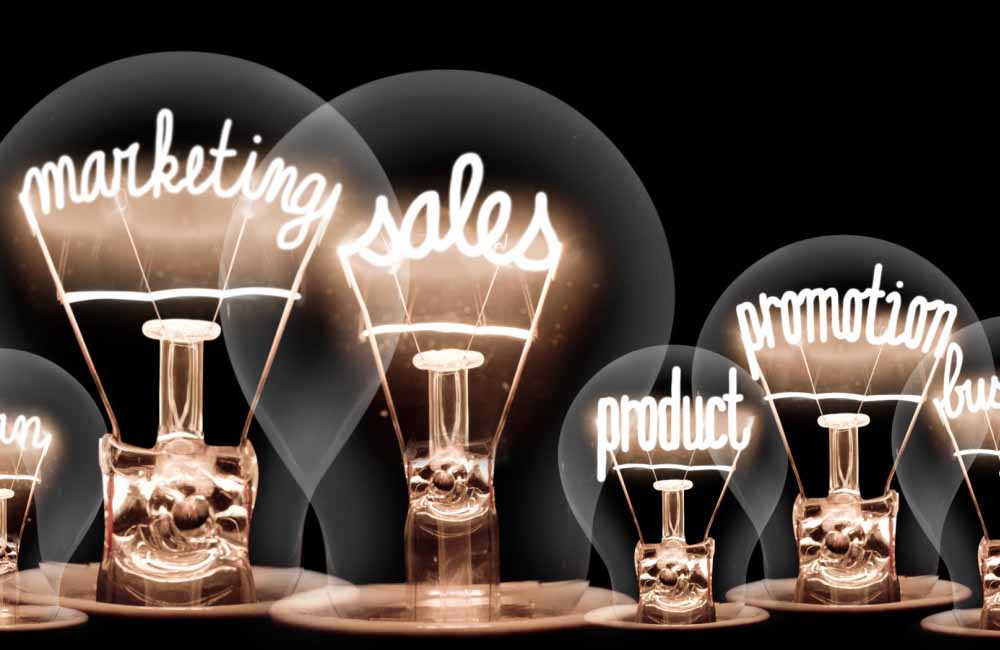Augmented reality and virtual reality technology are fast becoming part of business in all economic sectors. It’s just a matter of time before you find it useful in your industry
Technologies that bridge the gap between the physical and digital worlds continue to reshape businesses in many industries. The use of augmented reality in business has especially changed how a business can interact with customers.
Experts have anticipated the use of augmented reality (AR) and virtual reality (VR) in business for many years. It’s now becoming a reality for some companies. And with the technology still rapidly evolving, the uses for those this area of tech continue to expand. It’s only a matter of time before it becomes useful in every niche of the economy.
Is Augmented Reality the Future of Marketing?
Most associate augmented reality with gaming. The success of Pokeman Go several years ago opened the eyes of businesses on how far the tech had advanced. Most expect that augmented reality will soon disrupt digital marketing much in the way that social media has forever changed how brands marketing themselves and interact with consumers. Those who do not have some type of plan to implement AR run the risk of getting left behind.
Augmented Reality Improves Your Business
A Rapid Increase in Investment
To understand the potential of AR, just follow the money. Even during the height of the pandemic in 2020, investors continued to place their financial bets on this area of tech.
So much money has poured into companies that research the potential uses of augmented reality in business that experts project the augmented reality and virtual reality market will grow by almost $125 billion from 2020 through 2024. That’s a 35 percent increase every year over five years.
Ways to Apply AR/VR to Marketing
The ways for using virtual reality and augmented reality in business are now becoming a reality. For example, healthcare companies found ways to deliver experiences to homebound patients during the lockdowns that happened due to COVID-19, according to Forbes. And that’s just the tip of the iceberg when it comes to the potential of AR.
Product and Service Marketing
Using AR and VR dynamic environments, businesses can show people what life is like when they have the company’s product or use its services. This can range from touring real estate listings to seniors experiencing what life is like in a senior care facility.
Tourism and Travel
Augmented reality already has taken off in this area. Companies such as Oculus, which makes the Quest 2 headset, report that people most often use the device to virtually visit locations around the world. Popular spots that have launched virtual tours include the Louvre Museum in Paris, Giant’s Causeway in Northern Ireland and Bryce Canyon National Park in Utah.
Virtual Shopping
The “virtual closet” from Kohl’s and Snapchat provides an example of what AR/VR tech can do. Visitors can use the system to try on clothing and accessories. People swipe through clothes, using an overlay image done through Snapchat that shows them to see what the clothes would look like on their body. Another example is Ulta’s GLAMlab that allows shoppers to see how makeup will look on their face.
Augmented reality also offers a 94 percent higher conversion rate than products without AR, according to a study cited by Forbes.
Healthcare
No industry has adopted AR/VR as fast as healthcare. Virtual simulations have become a key part of creating new healthcare tools, planning complex surgeries and training clinical professionals. As seen during the pandemic, it also can provide seniors and those with disabilities the chance to experience things outside their home through an AR device.
For business owners, it seems only a matter of time before an innovation in AR will provide something applicable to their industry. When it comes to augmented reality in business, the future has already arrived.










Leave A Comment